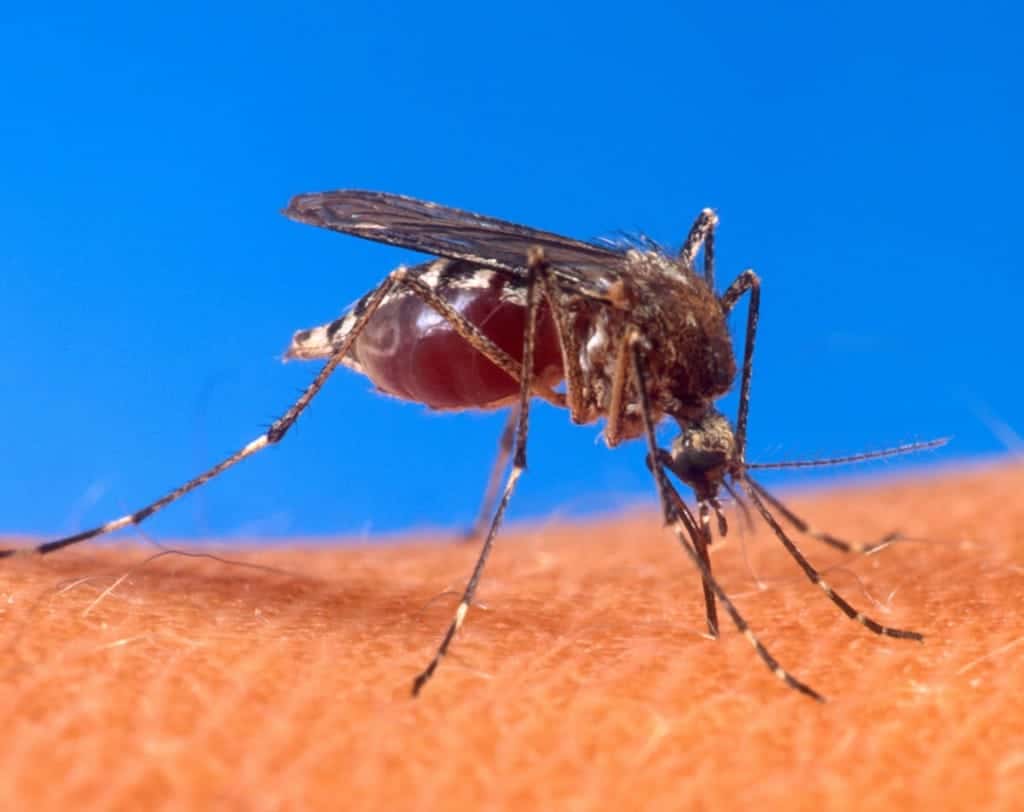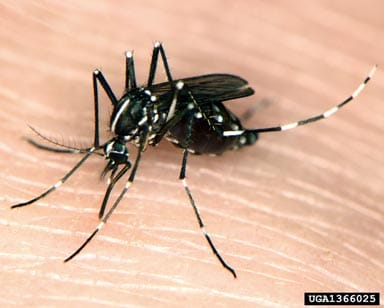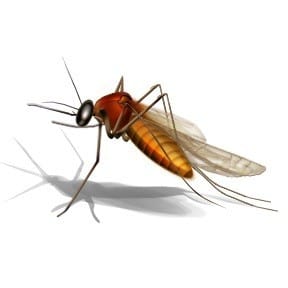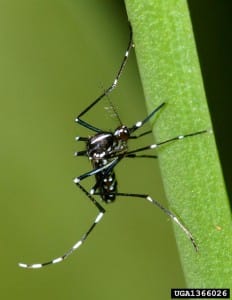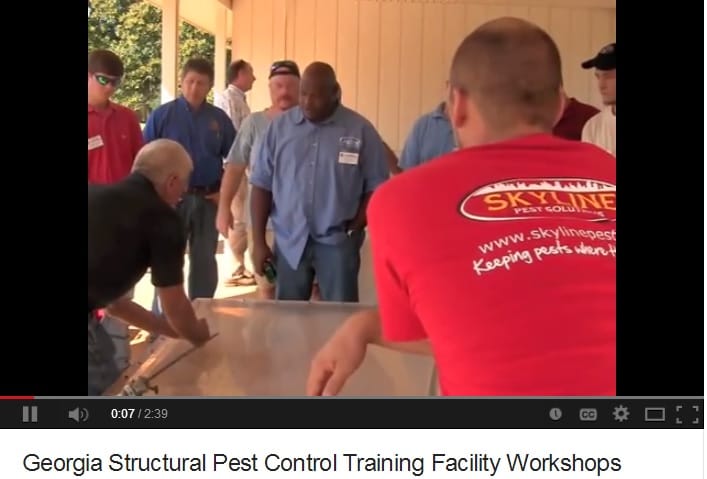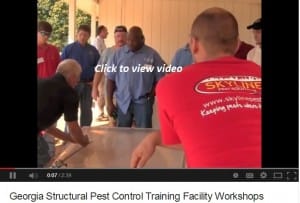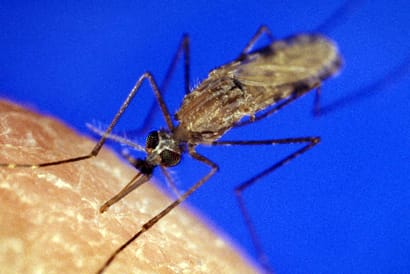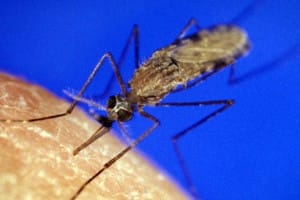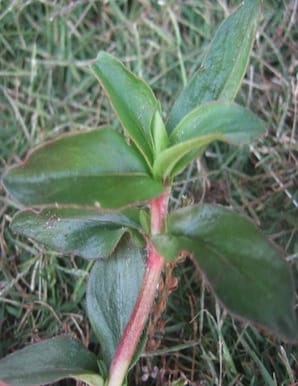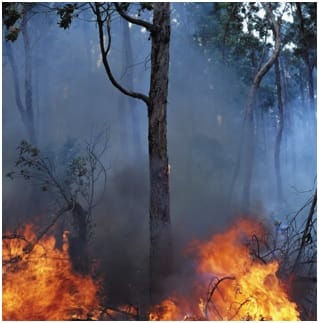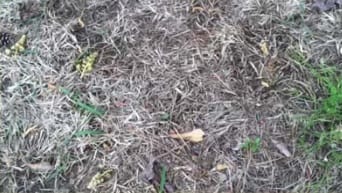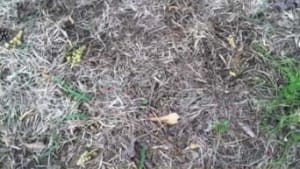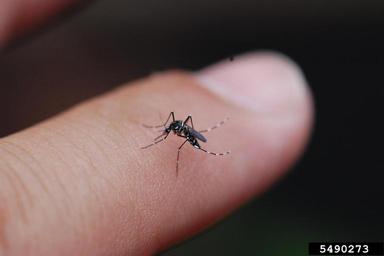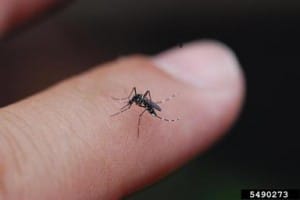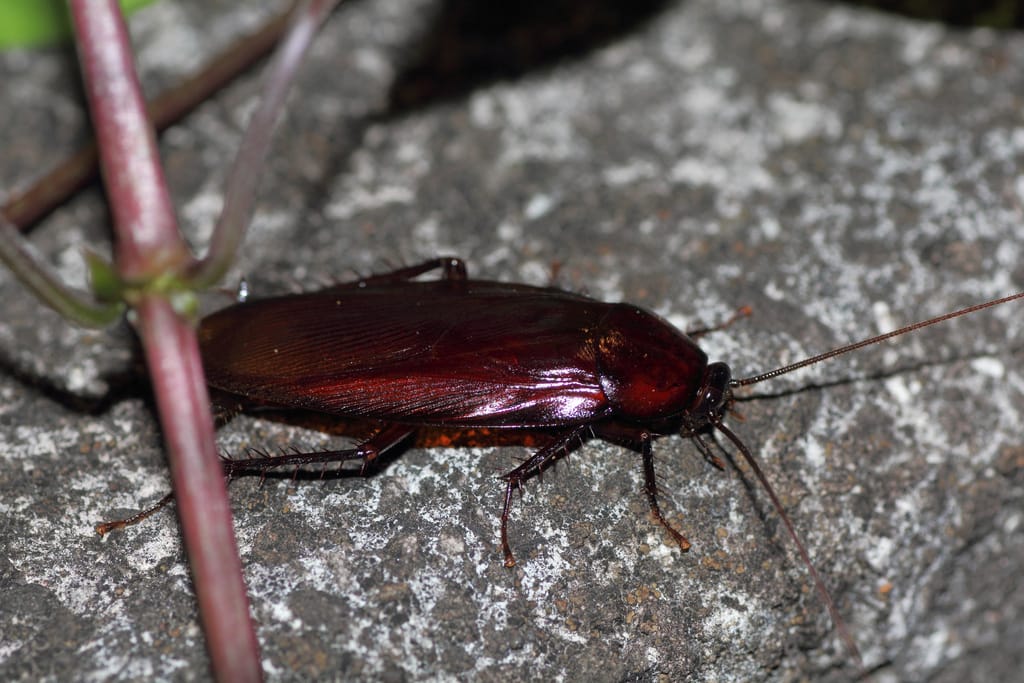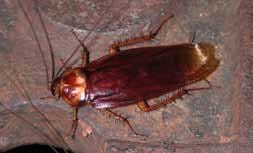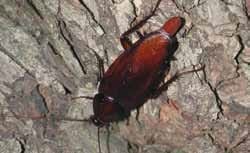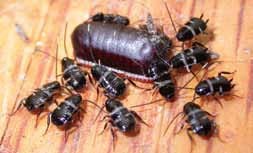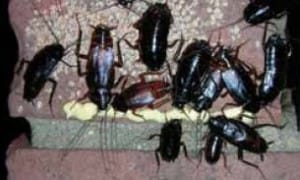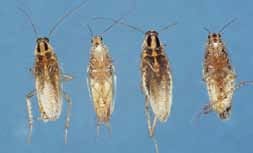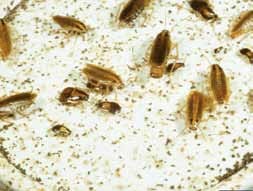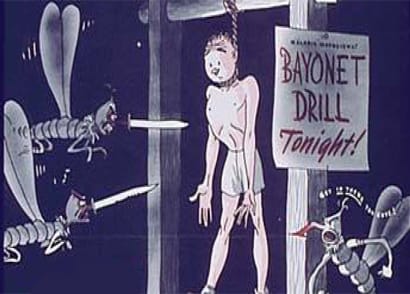Elmer Gray, UGA Entomology Department
For pesticide applicators preparing to take the Mosquito Control Pesticide Applicators exam, help is as close as your computer!
Mosquito Control is a growing part of the landscape industry. Commercial applicators of mosquito control products need to have pesticide applicator certification in Category 41, Mosquito Control. UGA Entomologist Elmer Gray has recorded an online video to better prepare applicators to take and to pass the Category 41 pesticide exam.
The new video that helps to prepare applicators to take the Mosquito Control (Category 41) exam is posted online at http://www.gamosquito.org/training.html
Note that the video is a supplemental help to those studying for the exam and is not a replacement for studying the manual! Applicators should order and study the manual before taking the exam.
If the applicator has not already passed the general standards exam through the GA Dept of Ag Pesticide Division, they will also need to order that manual, study and also pass that exam as well.
Mosquito control certification is handled through the GA Dept of Ag Pesticide Division. We sent the following information earlier concerning the Pesticide Division, but include it here again so that you have all info together in case you want to pursue a license.
More information on the Mosquito Control exam and the Georgia Dept of Ag Pesticide Division
Note that the commercial mosquito pesticide applicator program is administered by the GA Department of Agriculture Pesticide Division, not the Structural Pest Control Division. Regulations and contacts for the Pesticide Division differ from those in the Structural Pest Division. This info will help guide you as you pursue this certification. You can also call GDA directly – (800) 282-5852.
Where can I order training manuals to study to take the commercial pesticide applicator exam (mosquito control, ornamentals and turf, etc.)?
If you do not already have a commercial license, you will need to take two exams – the General Standards exam and the exam specific for your field (Mosquito Control, Ornamentals & Turf, Right of Way, etc.) You can find information on ordering the manuals for the general standards exam and the category exams at this website – http://www.caes.uga.edu/publications/for_sale.cfm
How can I register to take a commercial pesticide applicator exam?
Visit this website – https://www.gapestexam.com/. You will need to create an account to enter the system. The exams are given at Technical Colleges across the state.
I have a license in one category from the Pesticide Division and want a license in a second category. Do I have to take the General Standards exam again?
No, you just need to take the test for that exam. Order the manual for that category, study the manual and then register for and take the exam that is specific for that category.
Where can I find pesticide applicator recertification classes?
Visit www.kellysolutions.com/GA/Applicators/Courses/CourseIndex.asp
Also contact your local Extension Agent for classes – http://extension.uga.edu/about/county/index.cfm
Where can I find information on my commercial applicator’s license (hours needed, etc), recertification classes available, etc.?
Visit this website – http://agr.georgia.gov/1pesticide-applicator-licensing-and-certification.aspx
The Georgia Department of Agriculture now has a Licensing Division. There are 7 coordinators with a call center to help assist with online renewals. The coordinators are being crossed trained so that everyone is familiar with the basic licensing process for each license. Contact the Licensing Division if you have questions – 404-586-1411 or toll free 855-424-5423 or email GDAlicensing@agr.georgia.gov
For regulatory questions continue to contact the respective division.
Sandy Shell is one of the Licensing Coordinators for the Georgia Department of Agriculture. She recommends the following website:
www.kellysolutions.com/ga The following can be accessed through this website:
- Verify credit hours for Commercial Pesticide Applicator and Structural Pest licenses
- Find recertification courses for private and commercial licenses
- Renew Commercial and Pesticide Contractor Licenses (Structural renewals coming very soon)
- Apply for a new Pesticide Contractor License
- Apply for a new RUP Dealer license
- Secure & Verifiable documents (coming very soon)
Does Georgia have reciprocal pesticide applicator license agreements with other states?
Georgia does reciprocate with other states on certain categories. Anyone needing more information on this can call Ag Inputs – Pesticide Section at 404-656-4958.
